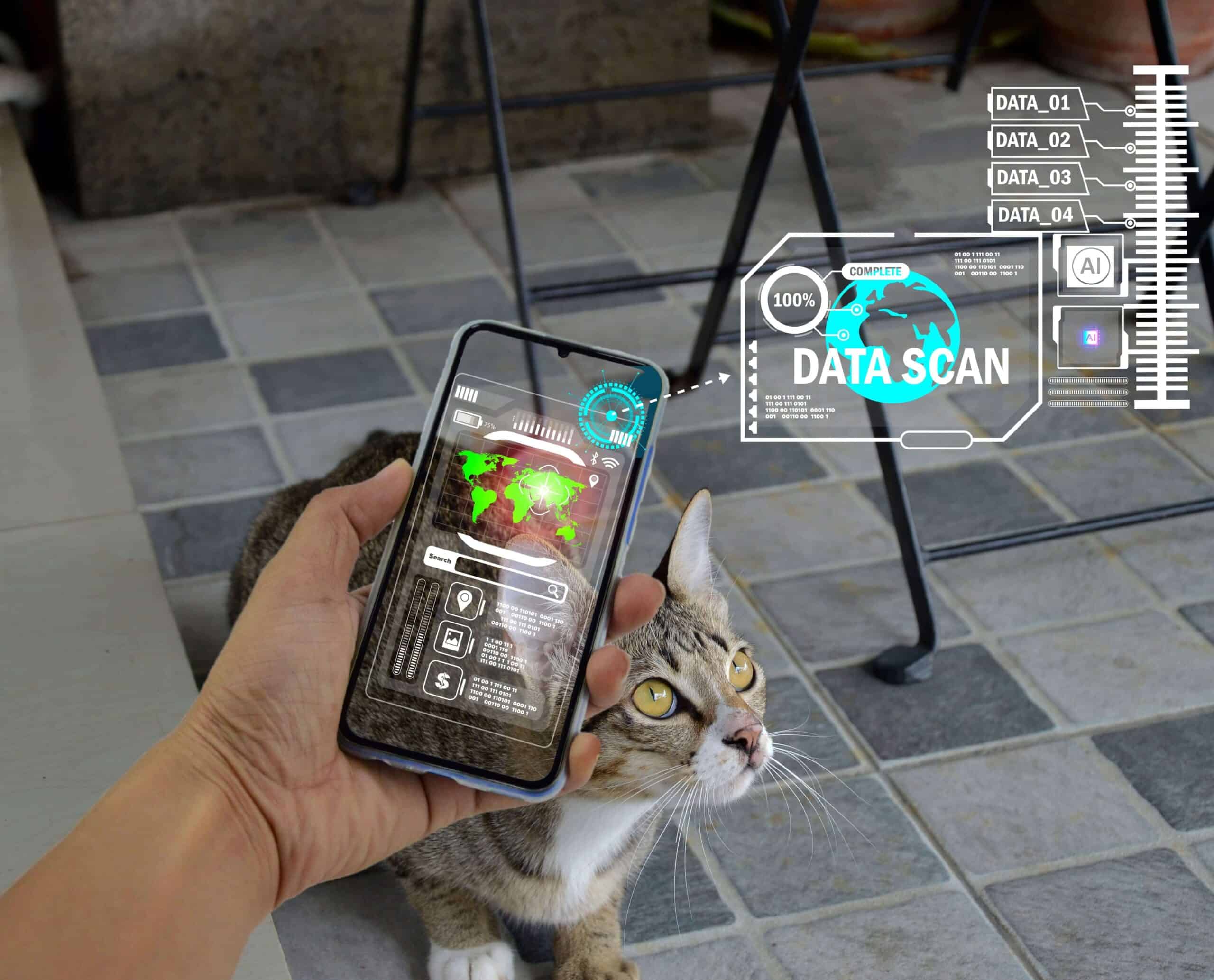- From using touch screens to thinking messages on your contact lens
- Decoding people’s thoughts and dreams with mind-reading computers
- Brain to brain communication – are we beginning to master mental telepathy?
- Lie detection 2.0 – can functional MRIs really tell when you’re lying?
- Ethics of mind reading and mental telepathy technology
Advances in technology have helped us to communicate easier, faster and ever more frequently. We went from drums to Morse code to Telex and then Fax, iMode, WAP and ICQ. Now we have many different communication methods and it’s almost impossible to keep up with each new one that comes out. We are ‘always on’ and we panic when our phone battery is about to die or when we don’t have WiFi. Communication rules our lives. From the number of times we check our mobile phones for Whatsapp messages to the hours we spend on Facebook and Instagram, a huge portion of our time is spent staying in touch with family, friends, colleagues and business partners.
In only a few short years, the touch screens in our phones and other mobile devices have completely transformed the way in which we interact with other people and with our devices, and the developments are not showing any signs of abating. What does the future of communication have in store for us? After voice-to-text, will we be texting with our minds or communicating our thoughts without any device at all?
1. From using touch screens to thinking messages on your contact lens
Within the next couple of years, touch screens will be everywhere. On our coffee tables, our bathroom mirrors, our car windows, even the palm of our hand. And early signs of the next phase in communication technology can already be seen in Apple’s Siri, the intelligent personal assistant that enables us to use our voice to input text or control our devices. And then there’s gesture control, which is already widely used in Wii and Kinect technology. We all know Google Glass and now Microsoft is working with scientists of the University of Washington to develop AR functionality in contact lenses. What’s next? Thinking the command ‘Show Tweets’ and they just appear on your contact lenses? It sounds futuristic but the tech will be here before you know it.
In fact, the tech is being developed as we speak. Scientists at the centre of microsystems technology at the University of Ghent have developed an LCD display that can be embedded in a contact lens and, with the use of wireless technology, show projected images. The contacts could be used for watching movies, showing directions while driving or projecting text messages from a PC, tablet or smartphone directly to the user’s eye. With this basic technology established, it’s only a matter of time before practical applications hit the market.

2. Decoding people’s thoughts and dreams with mind-reading computers
Researchers have been busy developing new computer programs that can decode your thoughts, in real-time. The programs are able to predict what you see, based on electrical signals from electrode brain implants. These signals are then decoded within a matter of milliseconds of the person seeing an image. Seven people with severe forms of epilepsy, who had recently had electrodes implanted into their temporal lobes to treat their conditions, were asked if they were willing to participate in a study aimed at thought decoding. The temporal lobe is the part of the brain that processes sensory input like visualisation and recognition of objects. The participants were asked to watch a computer screen which briefly showed images of houses and faces. At a thousand times per second, the electrodes registered what the brain signals looked like when someone viewed a face as opposed to a house. These different signals were then labelled as such, which eventually enabled the computer to predict or confirm, with 96 percent accuracy and within 20 milliseconds, what the subject saw. It was established that seeing different images causes different neurons to fire and that the computer needed two types of brain signals in order to be able to decode the images. Being able to identify which sections of the brain respond to which stimuli could, one day, enable neurologists to map the entire human brain.
These developments could be hugely beneficial for people with speaking impairments or who have other difficulties communicating their thoughts and feelings. The concept could be further developed and even used for paralysed people or those who have had a stroke and suffer from the ‘locked-in’ syndrome. There have been various other studies into mind reading technology and some have produced incredible results. In 2014, during one of these studies, researchers at UC Berkeley managed to reproduce images of movie clips – by decoding and translating the brain waves of the person watching the clip. The results were astounding. Not quite as sharp and detailed as the original clip, but strikingly similar. The proof of concept, given about ten years of development time, could one day enable us to record our dreams as well.
3. Brain to brain communication – are we beginning to master mental telepathy?
In another experiment, aimed at proving that you can read someone’s brain activity and then ‘inject’ it into someone else’s brain, Dr. Pascual-Leone, neurologist, and his colleagues at Starlab Barcelona and Axilum Robotics in France, turned to several widely used brain technologies. Using EEGs, they managed to transmit messages from one person to another, via a digital connection between their brains. The researchers recorded the brainwaves of a person in India thinking about the words ‘ciao’ and ‘hola’. These waves were then converted to binary code and sent, via email, to a person in France. The binary code was then converted back into brain waves, which the recipient received in the form of light flashes. From the sequence of these flashes, the recipient managed to interpret the greetings.
4. Lie detection 2.0 – can functional MRIs really tell when you’re lying?
Even though lie detector technology has not lived up to its expectations for most law practitioners, the demand for similar but reliable technology has far from subsided. Surprising headway is being made with advances in neuroscience, supercomputers and algorithms, all in a bid to spot a lie. During recent studies with functional MRI scans, scientists were able to tell when a participant was lying. During a deceitful statement the brain showed more mental activity compared to when the participant was telling the truth. The different types of brain activity were completely unrelated to the participant’s blood pressure, breathing rate and the activity of the sweat glands, which have traditionally been the biological markers used during polygraphs. The new lie detection method is however unable to tell whether a person tells a genuine lie or a fabricated lie. It is therefore unlikely that this type of mind reading method – on its own – will be used to convict someone of a crime. Given the ongoing research in this field, it is however just a matter of time before the technology becomes a reality and an accepted tool for criminal investigators and lawyers as a supportive tool to help convict someone of a crime or prove his or her innocence. It is estimated that, by 2040, we will be able to convert thoughts into ones and zeros, heralding a time in which it will no longer be possible to hide our thoughts from the law – or anyone.
5. Ethics of mind reading and telepathy technology
These are only the early days of studies into mind reading and telepathy and as it stands now, the technology is still so crude and basis that it is not likely to have any practical applications for quite a number of years. Research is however ongoing and scientists are already looking into mobile phone sized MRI devices that would make capturing your own brain activity a breeze. The US military is in the middle of developing a type of VR headset that simplifies the sending of electrical brain signals. This is however still decades away, according to experts. The field of mind reading and mental telepathy also poses many ethical challenges. For instance, how would one be able to control who speaks to you? How could one prevent another person from sending abusive thoughts or hack and even control your brain? Would we have to employ third-party moderators to regulate these things and would these take the form of a headset? What if our thoughts would be recorded, saved, sold or otherwise distributed? Luckily, we don’t have to deal with any of these challenges yet. There is, however, certainly much food for thought. Pun intended.








